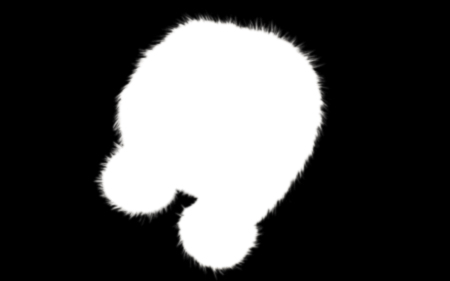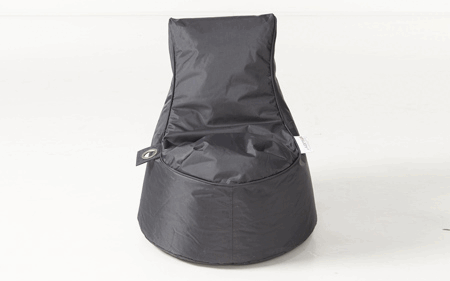Image Masking
Image masking is another technique used in image editing to isolate specific portions of an image. Unlike clipping path, which creates a hard-edged selection, image masking allows for more subtle and complex selections, particularly when dealing with objects with intricate or fuzzy edges, such as hair, fur, or foliage.
There are several types of image masking techniques, including:
1. **Layer Masking**: This involves creating a mask on a layer in image editing software like Adobe Photoshop. Layer masks allow for non-destructive editing, as the original image data remains intact and can be modified or refined later.
2. **Alpha Channel Masking**: Alpha channels are used to store transparency information in an image. By creating and manipulating alpha channels, portions of an image can be made transparent or partially transparent, effectively masking out unwanted areas.
3. **Clipping Mask**: Clipping masks are similar to layer masks but use the content of one layer to define the transparency of another layer beneath it. This technique is often used to apply adjustments or effects to specific areas of an image.
4. **Vector Masking**: Vector masks are created using vector shapes or paths to define the masked area. This technique is particularly useful for creating precise selections with smooth, curved edges.
Image masking is commonly used in various industries such as photography, graphic design, advertising, and e-commerce. It allows for more natural-looking selections and blending of elements within an image, resulting in professional-quality results. Skilled graphic designers and image editors utilize a combination of masking techniques to achieve the desired effects while maintaining the integrity and realism of the image.



